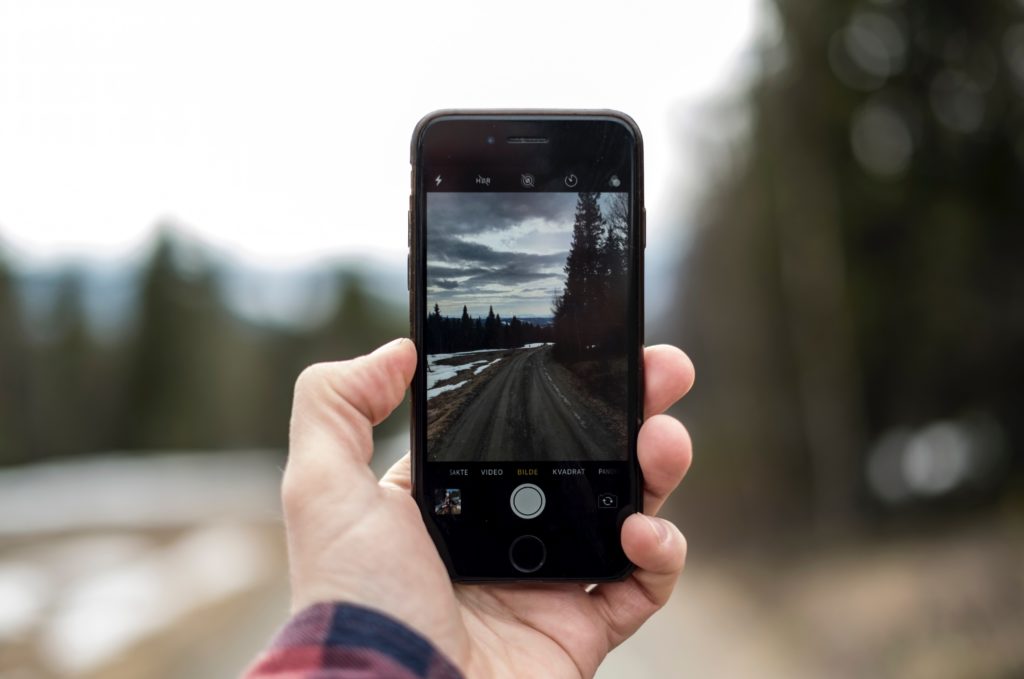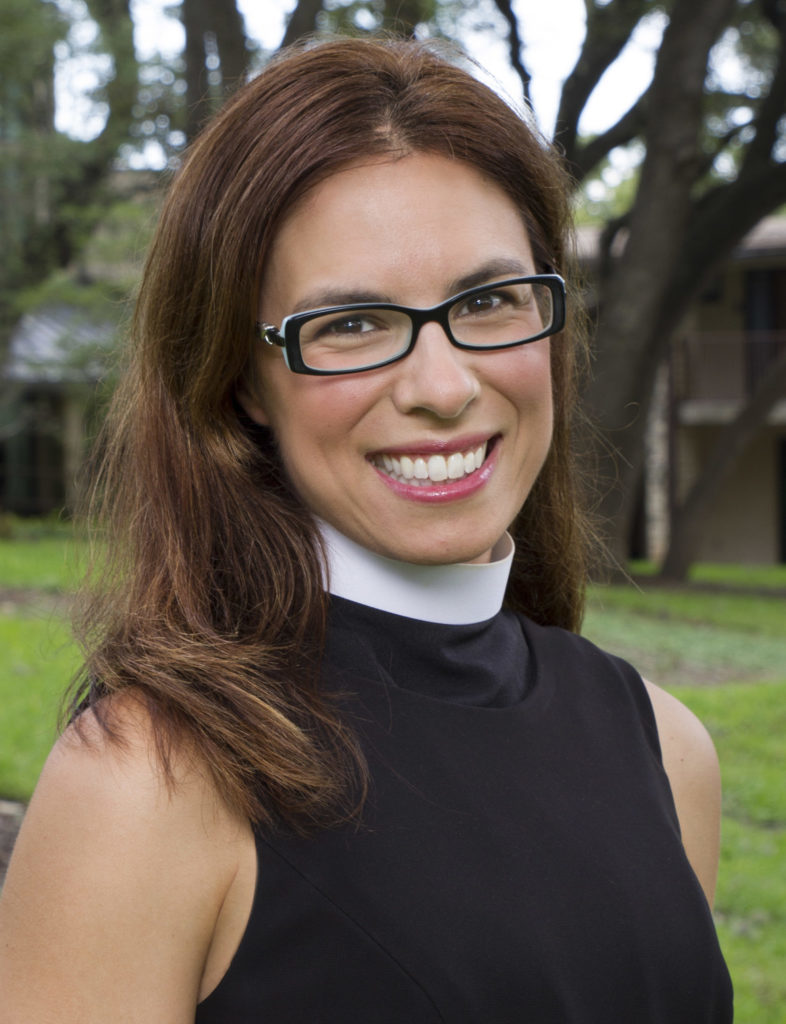
I was walking across my college campus on September 12, 2001 when I ran into a student from my French class, sitting on the steps of the dining hall, staring straight ahead, her arms wrapped around her legs. She and I had little in common outside of the course. She came from a prestigious Manhattan prep school and hung out with the boarding school kids and athletes. I went to a public school on Long Island and spent most of my time with writers and musicians. Her roommate told me that she’d arrived at Yale with a list of ten eligible bachelors in our class and was determined to be engaged to one of them by the time she graduated. I had no interest in marrying.
I paused when I saw her on sitting alone on the steps that day, unsure of what to do. We weren’t friends. The only things we shared in common was the syllabus for our French class, or, I should say, that was the only thing we shared in common until September 11, when our identities as New Yorkers, our shared geography, our homes, became a source of grief. I didn’t know what she’d lost, but I knew that, if she was like me, she’d lost something.
I sat down next to her. She leaned her head on my shoulder and began to cry.
The two of us sat in silence for the better part of an hour, saying nothing, our heads and hands joined together as other students walked past us to lunch. There seemed to be nothing gained by speaking. Touch was enough.
We are still early in the COVID-19 outbreak, but what strikes me about this cultural trauma is that it calls for a kind of connection that is the opposite of what I experienced in the aftermath of September 11. Then, there was touch with no words. Now, there are words with no touch. We gather virtually for class, to pray, to worship, to check in, even to participate in cocktail parties. But there can be no touch, not between friends, not between classmates, not at the Eucharist or hospital visits or funerals. We have to rely on disembodied, surreal forms of relationship that seem liminal and foreign.
But even while these ways of interacting are counterintuitive, they can be transformative, much like the silent experience I had with my classmate on September 12 was.
Trauma research has shown us that both healthy touch and healthy forms of communication are important for our wellbeing. The body needs experiences of physical safety to ground it, while words allow us to communicate the harm to others. Faith traditions echo this wisdom. In Christianity, the words of prayer and liturgy and the Bible do something—they change our understanding of who God is, who we are, the very purpose of our lives. Touch does the same thing—in blessing, in passing of the peace, in giving the bread, we sense in an embodied way that God is with us, that we are not alone.
We are in the midst of a historic cultural trauma or, in the language of theology, a horrendous evil. Everything from our daily routines to our stability and safety are being called into question. In this moment, we seek relationship, both through touch and communication. Touch is proving to be the more challenging of the two, but words remain, spoken through text messages and cell calls and Zoom sessions. We are connecting with family and long lost friends alike to voice worries and tell jokes, to speak of traumas triggered and joyous memories, to write of challenges and triumphs on social media pages. When words don’t do the job, we are finding other creative ways to communicate virtually, through music and pictures, through virtual book readings and museum visits, through texted photos and emojis. With every story we tell, with every call we make, with every picture we draw and poem we write and song we sing, it is as if we are finding ways to virtually sit together, hearts touching, even when heads and hands cannot.
We are living through a historic time in which our ability to connect through physical touch is limited but our ability to communicate endures. Each word spoken, each song sung, each picture shared is a source of hope, reassurance, and grace. While every story and image may be unique, we share them for the same reason—to seek connection, to be heard and understood, to be reminded of the words that Jesus leaves us with: “Remember, I am with you always, to the end of the age.”

The Rev. Danielle Hansen, PhD, is assistant professor of pastoral theology and serves as director of field education. Prior to arriving at Seminary of the Southwest, she was a lecturer at Yale and Tufts universities, in addition to serving as chaplain at Groton School and as a parish priest in Lexington, Lincoln, and Quincy, Massachusetts. She is the author of God and Harry Potter at Yale (Unlocking Press, 2010) – which discusses the intersection of Christian theology with the Harry Potter series – and Expecting Jesus (Morehouse, 2014), a series of Advent daily reflections. She is also the co-editor of When Two or Three Are Gathered, an anthology of spiritual vignettes composed by a diversity of individuals throughout The Episcopal Church. In addition to her books, Dr. Hansen has written extensively for publications including Huffington Post and The Guardian about the intersection of popular culture and faith. She is also a member of the Yale Divinity School Alumni Board and serves the national church as a member of the Board of Examining Chaplains.

